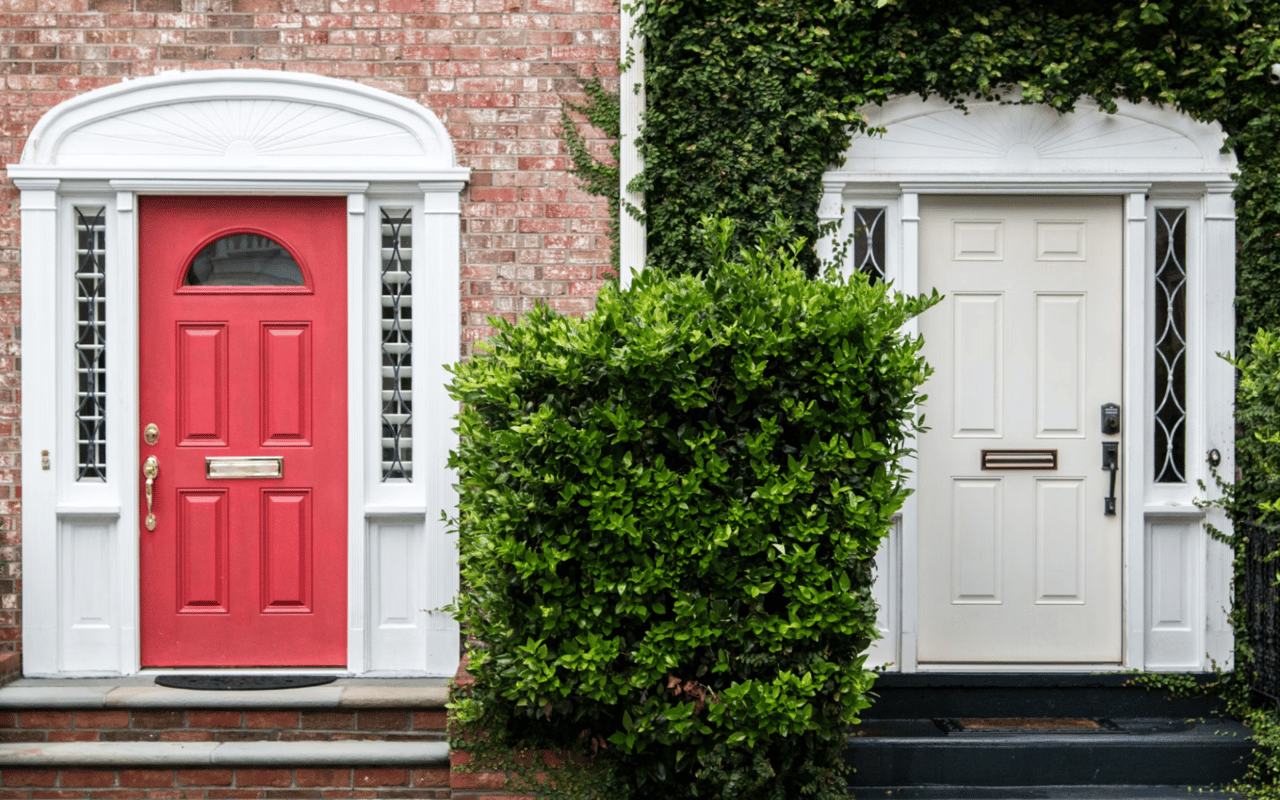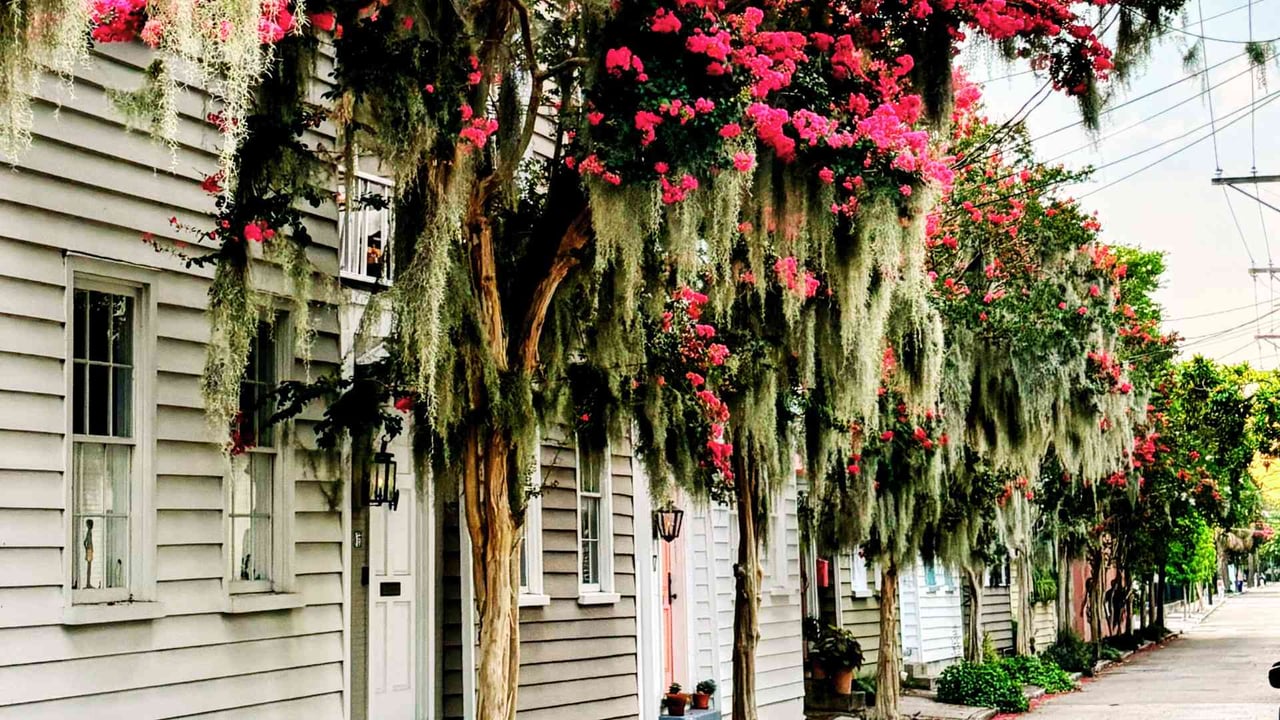Charleston’s barrier islands are steeped in history, culture, and natural beauty. These islands, such as Kiawah, Sullivan’s Island, and Isle of Palms, provide a glimpse into the Lowcountry’s rich past and serve as a canvas for architectural treasures that have withstood the test of time. From historic beachfront homes to weathered churches and community landmarks, the structures on these islands tell stories of resilience, craftsmanship, and cultural evolution.
However, preserving this heritage is no small task. Architectural conservation is essential to maintaining the character of Charleston’s barrier islands while adapting to modern challenges such as climate change, urban development, and the passage of time.
The Significance of Architectural Conservation
Architectural conservation is about more than saving old buildings. It’s about preserving the identity and legacy of a place. Charleston’s barrier islands have a unique architectural style influenced by the region’s history, climate, and materials. Structures often feature tabby concrete, wooden shutters, wraparound porches, and elevated foundations designed to withstand hurricanes and flooding. These features are not only functional but also emblematic of the islands’ charm.
However, as coastal communities face increasing pressure from environmental and economic changes, the need for thoughtful conservation becomes more urgent. Rising sea levels, storm surges, and saltwater intrusion threaten the structural integrity of historic buildings. At the same time, increased development and tourism can lead to the demolition of older structures to make way for modern amenities. Balancing preservation with progress requires expertise, creativity, and a deep respect for the past.
However, as coastal communities face increasing pressure from environmental and economic changes, the need for thoughtful conservation becomes more urgent. Rising sea levels, storm surges, and saltwater intrusion threaten the structural integrity of historic buildings. At the same time, increased development and tourism can lead to the demolition of older structures to make way for modern amenities. Balancing preservation with progress requires expertise, creativity, and a deep respect for the past.
Challenges in Preservation
Preserving historic architecture on Charleston’s barrier islands comes with unique challenges:
-
Environmental Factors: The salty, humid climate accelerates the deterioration of materials like wood, metal, and masonry. Hurricanes and flooding can cause significant damage, making it critical to reinforce structures without compromising their historical integrity.
-
Economic Pressures: Coastal real estate is highly valuable, and the demand for modern, luxurious properties often leads to the replacement of historic buildings. Conservationists must advocate for the value of preservation, both culturally and economically.
-
Regulatory Complexities: Navigating local, state, and federal preservation regulations can be daunting. Property owners may need guidance to ensure their restoration projects comply with guidelines while maintaining the character of their buildings.
-
Community Engagement: Effective conservation requires the support of local communities. Educating residents and visitors about the importance of preservation can foster a collective sense of responsibility for protecting the islands’ heritage.
Success Stories in Charleston’s Barrier Islands
Despite the challenges, there are numerous success stories that highlight the power of architectural conservation. On Sullivan’s Island, for example, preserving historic beachfront homes has maintained the area’s traditional charm while adapting structures to modern safety standards. Kiawah Island’s commitment to blending architecture with the natural environment has led to sustainable development practices that respect the region’s history.
One standout example is the restoration of the old Life-Saving Station on Isle of Palms, which now serves as a museum and community center. This project combined meticulous research with skilled craftsmanship to bring the building back to life, offering visitors a tangible connection to the island’s maritime past.
One standout example is the restoration of the old Life-Saving Station on Isle of Palms, which now serves as a museum and community center. This project combined meticulous research with skilled craftsmanship to bring the building back to life, offering visitors a tangible connection to the island’s maritime past.
The Role of Professionals in Architectural Conservation
Architectural conservation requires a multidisciplinary approach. Architects, historians, engineers, and craftsmen must work together to preserve and restore historic structures. Collaboration is key to balancing aesthetic, structural, and environmental considerations.
One such professional making a significant impact in the field is Michelle Almeyda Wiedemuth. With a deep passion for architectural heritage and a wealth of experience in real estate, Michelle has been instrumental in preserving Charleston’s architectural legacy. Her work combines technical expertise with a nuanced understanding of the cultural and historical context of each home and property.
One such professional making a significant impact in the field is Michelle Almeyda Wiedemuth. With a deep passion for architectural heritage and a wealth of experience in real estate, Michelle has been instrumental in preserving Charleston’s architectural legacy. Her work combines technical expertise with a nuanced understanding of the cultural and historical context of each home and property.
Why Preservation Matters
Preserving the architectural heritage of Charleston’s barrier islands is not just about maintaining beautiful buildings; it’s about honoring the stories, traditions, and communities that shaped the region. Each structure is a testament to the ingenuity and resilience of the people who built and lived in them. By conserving these landmarks, we ensure that future generations can learn from and be inspired by the past.
Moreover, preservation contributes to the islands’ economic vitality. Historic architecture attracts tourists, supports local businesses, and enhances property values. It’s a sustainable investment in the community’s future.
Moreover, preservation contributes to the islands’ economic vitality. Historic architecture attracts tourists, supports local businesses, and enhances property values. It’s a sustainable investment in the community’s future.
How You Can Get Involved
Whether you’re a property owner, a history enthusiast, or simply someone who loves Charleston’s barrier islands, there are many ways to support architectural conservation:
-
Educate Yourself: Learn about the history and architectural styles of the islands. Visit local museums, attend lectures, and explore historic sites.
-
Support Preservation Organizations: Many nonprofits work tirelessly to protect Charleston’s heritage. Consider donating your time or resources to these groups.
-
Advocate for Preservation-Friendly Policies: Stay informed about local development plans and advocate for policies that prioritize conservation.
-
Hire Experts for Your Projects: If you own a historic property, work with professionals who specialize in architectural conservation to ensure your restoration project honors the past while meeting contemporary needs.
Partner with Michelle Almeyda Wiedemuth
For those seeking expert guidance in buying or selling historic properties on Charleston’s barrier islands, Michelle Almeyda Wiedemuth is a trusted real estate professional. With a deep appreciation for the region’s architectural heritage and a keen understanding of the real estate market, Michelle helps her clients navigate the unique challenges and opportunities of owning historic homes.
Michelle’s expertise extends beyond transactions. She is passionate about connecting buyers with properties that align with their vision and values while respecting the cultural and historical significance of the islands. Whether you’re looking to invest in a historic home, sell a treasured property, or explore the possibilities of living amidst Charleston’s rich history, Michelle is here to guide you every step of the way.
Visit Michelle’s website to learn more about her work and how she can help you achieve your real estate goals while preserving the timeless beauty of Charleston’s barrier islands. Together, you can honor the past and shape the future of this cherished region.
Michelle’s expertise extends beyond transactions. She is passionate about connecting buyers with properties that align with their vision and values while respecting the cultural and historical significance of the islands. Whether you’re looking to invest in a historic home, sell a treasured property, or explore the possibilities of living amidst Charleston’s rich history, Michelle is here to guide you every step of the way.
Visit Michelle’s website to learn more about her work and how she can help you achieve your real estate goals while preserving the timeless beauty of Charleston’s barrier islands. Together, you can honor the past and shape the future of this cherished region.




